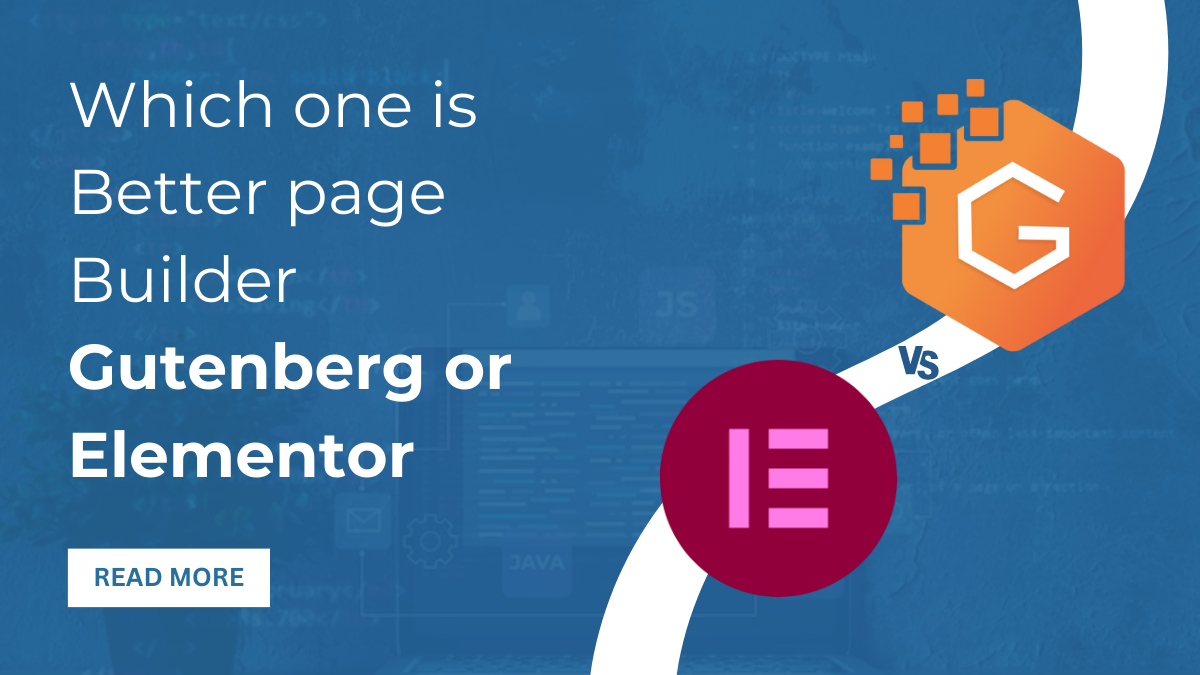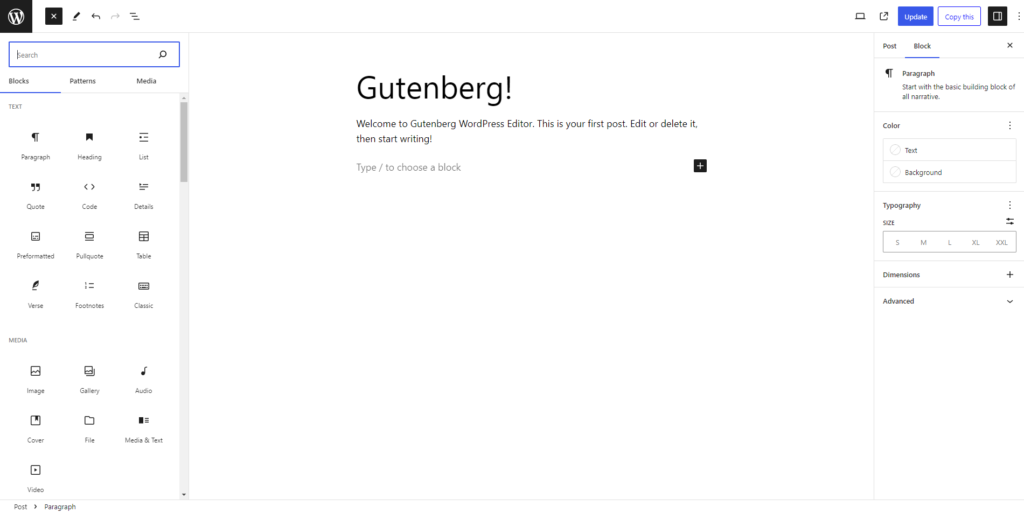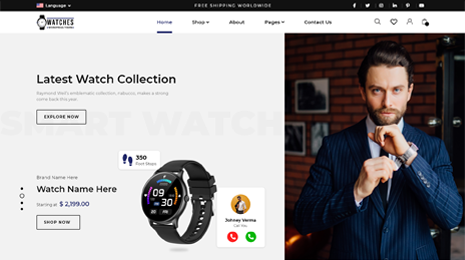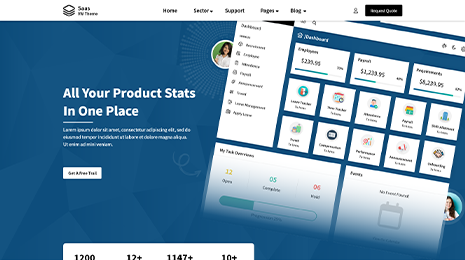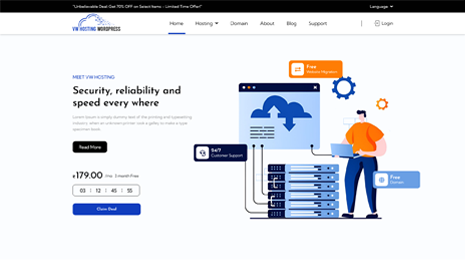Introduction:
The argument between Gutenberg or Elementor, two well-liked WordPress website construction tools, was a hot topic of conversation among web designers, builders, and producers.
The choice between these tools typically comes down to your individual needs, expertise level, and the requirements of the project. Each of these tools has a unique combination of features and capabilities.
We will examine the ongoing debate between Gutenberg and Elementor in this analysis with the goal of helping you choose which one would be more suitable for your website-building ambitions.
Whether you’re a beginner searching for easy-to-use content production or an experienced developer looking for advanced customisation possibilities, this research will give you useful data to help you make a decision.
Gutenberg:
The WordPress platform has an editor built on blocks called Gutenberg. When WordPress 5.0 was published in November 2018, it included an introduction to the platform. Numerous website owners have since moved to Gutenberg from the traditional editor.
Now, when installing WordPress, Gutenberg is the default editor.
Don’t worry if you’re still unsure about the definition of Gutenberg WordPress editor. We’ll go over every detail in this tutorial and walk you through using the block editor.
Elementor:
A well-liked WordPress plugin called Elementor gives users a drag-and-drop interface for designing and creating websites.
This page builder is visual and doesn’t require any coding experience, making it easier to create and customise websites.
Customers can drag and drop different pieces into a web page to design and customise it with Elementor.
These parts consist of forms, headings, text, photos, and videos, among others. A variety of pre-designed WordPress themes and blocks are available in the plugin, which the user can modify to fit their own preferred layout and style.
Users may see their modifications as they are made in real time with Elementor’s live preview feature.
Additionally, it provides a dynamic editing mode that guarantees web pages display well on a range of screens and devices.
Because of its intuitive interface, adaptability, and capacity to generate visually appealing websites without requiring knowledge of code, Elementor has become incredibly popular. For numerous web designers, builders, and WordPress website owners, it has grown into a go-to tool.
What Advantages Does Using Elementor Offer:
There wasn’t ever a simpler and more pleasurable way to develop websites than with Elementor, a revolutionary WordPress plugin.
The many advantages of utilising Elementor and how it enables developers and designers to create amazing online experiences will be discussed in this article.
Drag-and-drop interface that is easy to use:
The most unique aspect of Elementor is its user-friendly drag-and-drop interface. Designers may easily add and rearrange items on their web sites with a single mouse click. You can easily customise anything, from icons and forms to text blocks and graphics.
Beginners may create professional-looking websites more easily thanks to this user-friendly method, which significantly lowers the learning curve.
Visual editing in real time:
The days when you made updates without thinking and frequently refreshed the page are long gone. Elementor provides a real-time visual editing experience, allowing designers to see the changes they make instantly.
Because of this feature, the design process is greatly accelerated, and the designer’s workflow becomes more efficient as they explore and refine their designs on the fly.
Large Pre-Designed Blocks and Templates:
With a large library of pre-designed blocks and templates, Elementor serves a variety of businesses and uses.
Elementor offers free as well as premium WordPress themes that could be used to create any type of website, including blogs, corporate websites, online stores, and portfolios.
Designers can save time and effort during the initial stages of design by using these templates, which offer a great starting point.
Mobile Responsive Design:
Responsive web design is essential in the mobile-first world of today. Because it recognises this, Elementor makes sure that all designs made with the plugin are, by default, portable.
In order to ensure a seamless experience across a range of screen sizes, designers may preview how their internet properties will appear on various platforms and make tweaks as necessary.
Gutenberg or Elementor both offer robust tools and features to create websites with mobile responsive designs, ensuring seamless adaptability across various devices.
Customization and Creative Freedom:
The unmatched degree of customisation that Elementor provides is one of its greatest benefits.
Designers have complete control over the typefaces, colours, spacing, and animations on their websites.
Unique and aesthetically appealing websites that connect with the company and its audience are produced when designers are permitted to experiment and personalise their designs.
Advanced Features and Effects in Design:
The plugin’s professional edition, Elementor Pro, opens up a wealth of sophisticated design effects and capabilities.
These consist of animated headlines, unique CSS, motion effects, and parallax scrolling, among others.
Designers are able to produce visually striking and engaging features thanks to these advanced functionalities, which also improve overall design quality.
WooCommerce E-commerce Integration:
WooCommerce and Elementor interact effortlessly for anybody looking to start an online store. Now, without requiring extra plugins or intricate coding, designers can develop aesthetically pleasing product pages, shopping carts, and checkout forms.
This integration guarantees a consistent shopping experience for clients and expedites the process of developing online storefronts.
Smooth Integration with External Plugins:
There are more features available in Elementor than just its built-in ones. The plugin’s functionality is further increased by its smooth integration with other third-party WordPress plugins.
Elementor makes sure the process is easy and seamless, regardless of whether you need to include a social media feed, email subscription popup, or contact form.
Using this integration, designers may add more functionality to their websites without having to invest in further development.
More quickly loading speeds for websites:
Search engine rankings and consumer satisfaction both depend heavily on a website’s performance. In this regard, Elementor shines since it generates code that is concise and easy to understand.
This implies that websites created using Elementor load more quickly, giving users a quick and pleasurable browsing experience.
Because search engines like websites that load faster, the plugin’s optimized code also helps increase SEO rankings.
Enhance website loading speeds significantly with optimized performance for Gutenberg or Elementor, ensuring faster page loads and smoother user experiences.
Frequent updates and community assistance:
The development team at Elementor constantly improves functionality, security, and the user experience through the delivery of updates.
The dedicated development group makes sure the plugin is still functional with the latest versions of WordPress and related technologies.
In addition, Elementor has a strong user and development community that actively participates in forums, support groups, and paperwork, which helps new users get help and pick up ideas from others.
User Access Controls to Promote Cooperation:
With Elementor Pro, designers and web firms can collaborate on projects and manage user access.
Team members can be given duties and permissions by designers, which makes it possible for them to work collectively on designs without running the risk of inadvertent modifications and illegal access. This feature improves workflow efficiency and cooperation.
Cost-effective Solution:
When you take into consideration all of the capabilities that Elementor has to offer, the plugin is rather affordable.
While the Elementor Pro version unlocks a wealth of sophisticated functions, the free version offers an excellent collection of tools.
When you compare Elementor’s affordability to the costs of using conventional web design tools or employing developers for each project, it becomes even more evident.
How to Choose the Best WordPress Website Builder: Gutenberg or Elementor:
Adaptation and Design:
Gutenberg: Although it has become more customizable over time, Gutenberg still values content production. In comparison to Elementor, there aren’t as many customization choices.
Design and customization are two areas where Elementor shines. It provides a large selection of pre-made themes, advanced style choices, and widgets. You have full control over the layout and design of your website.
Ease of Use:
Gutenberg: Gutenberg is a user-friendly and straightforward block-based editing system. It’s a great option for bloggers and content producers who would rather concentrate on producing content than figuring out intricate design details.
Elementor: The visual drag-and-drop editor in Elementor is renowned for its user-friendliness and simplicity. With its real-time editing feature, which lets you see modifications as you make them, the program is easy even for beginners to use.
Performance:
WordPress has included Gutenberg, a lightweight plugin that typically leads to quicker loading speeds. It is barely making a dent in the page size.
Elementor: Because it’s a plugin, Elementor may cause performance issues for your website, particularly if you use a lot of widgets and intricate designs.
Cost:
Gutenberg: By default, WordPress includes Gutenberg, which is completely free. Using it doesn’t come with any extra fees.
Elementor: Elementor comes in two flavors- a pro edition with more features and a free version with limited capabilities. There is a yearly subscription cost for the pro edition.
Flexibility:
Gutenberg: You may build any number of content types using Gutenberg thanks to its block system. On the other hand, more coding or plugins can be needed for complex features.
Elementor: With its extensive collection of templates and widgets, Elementor offers more freedom. Due to its high degree of flexibility, it may be used on both simple and complex websites.
Conclusion:
Your own needs will determine whether Gutenberg or Elementor are superior. Here are a few broad suggestions to consider:
Perhaps Gutenberg is a better option if you’re a newbie or value content creation and ease of use.
Elementor can be your best choice when you want a lot of design and customization opportunities and are willing to invest in the time and effort to master a more feature-rich program.
Because Gutenberg often uses fewer resources, take into account the performance requirements of your website.
If you are interested in developing a website using Gutenberg, you can checkout our WP Theme Bundle which consists of some amazing themes developed using Gutenberg. Do checkout VW Themes!
The “better” option between Gutenberg and Elementor ultimately comes down to your degree of WordPress experience, your desires for customization and design, and your willingness to shell out money for a premium tool.
Each tool has advantages and might be a useful addition to your collection of tools for creating WordPress websites.

